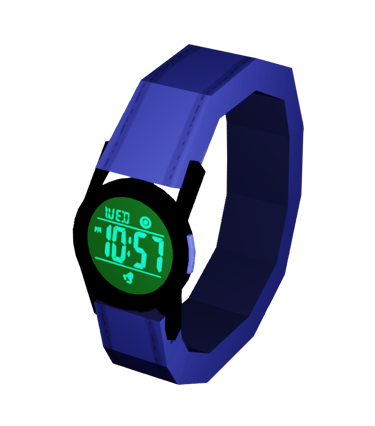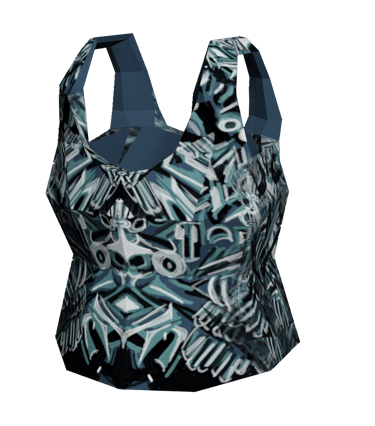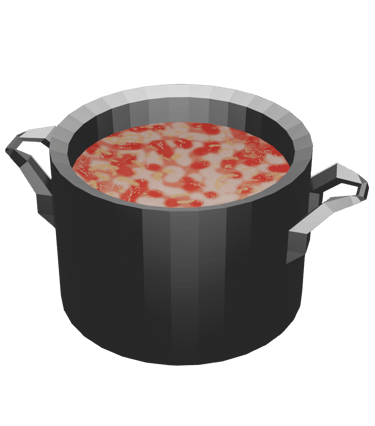Research Projects
Many of my art projects are inspired by research I have conducted on environmental design. Read about the papers I have written below:
"BODY IN THE GAME WORLD: EXPLORING THE INTERCONNECTION OF OBJECTS IN VIRTUAL SPACES"
This 28-page artist's book analyzes the relationships players develop with virtual objects in video games and how those connections translate into “real life.” As we become more exposed to virtual spaces, it is important to be mindful of where we stand in the ever-growing network of everything. Video games are controlled virtual environments where people can take the time to understand how they and other objects behave in these spaces.
Topics:
THE VIRTUAL BODY: What allows objects to exist?
DESCRIPTIONS: How do we know what objects are?
VERBS: How do objects connect with other objects?
CRAFTING: What are objects made of?
TRASH: How do objects resist?
Levitt Research Fellows Program grant recipient.








"LEVEL-DESIGN AND THE ZIGGURAT: SPATIAL SIMILARITIES IN ANCIENT MESOPOTAMIA AND VIDEO GAMES"
This 14-page essay explores the way in which the ancient Mesopotamians designed space to create dramatic experiences is analogous to the way game developers design space for video games. The essay analyzes specific Mesopotamian ziggurats and ziggurats featured in three main video games: Quake - "Ziggurat Vertigo" (1996), Tomb Raider - "Chasm Ziggurat" (2013), and Elder Scrolls III: Morrowind - "Vivec's Palace" (2002).
Topics:
Mesopotamian interaction with space vs. the contemporary Western outlook: verticality and narrative.
Symbols of achievement and the divine.
Indirect encounters and final reveals.
Intentionally unintuitive design.
Testing the player's mentality.
"VISION, SURVEILLANCE, AND MAPS IN LEAGUE OF LEGENDS"
This research project cumulated to a 15-minute video essay exploring how maps and surveillance holds immense social power that impacts individual behavior using gameplay footage from League of Legends.
Topics:
Vision Score as tangible proof of the emphasis on surveillance and map control in the game.
Fog of War and the importance of the mini-map.
Warding affecting player movement as an example of Panopticism.
"GAMIFYING BRUTALISM: CONTRADICTIONS IN PURPOSE"
This is a short 6-page paper examines the use of the architectural style of brutalism in video games to achieve spaces and puzzles constructed around feelings of confusion and alienation. The analysis underlines how brutalism in Britain in the 1950s and 60s did not promote community engagement in the way it was intended to. The essay uses the games NaissanceE (2014) and Control (2019) to explore this contradiction.
In-Progress: "PRECONSTRUCTED DANGER AND SELF-CONSTRUCTED SAFETY: THE OVERLAP OF CONFESSIONAL POETRY AND SANDBOX SURVIVAL VIDEO GAMES"
This will be a 25+ page research paper that analyzes the connections between confessional poetry and sandbox survival video games by imagining a fictional game, Swell, designed based off of three poetry collections.
Topics:
Simulating the trauma recovery process.
First-person personal techniques.
The refusal to "end."
Self-determined goals in a world designed against the poet/player.
Overlapping histories of video game development and poetry: from epic tales of heroes to facing the horrors of the modern world.
Play styles vs. writing styles.